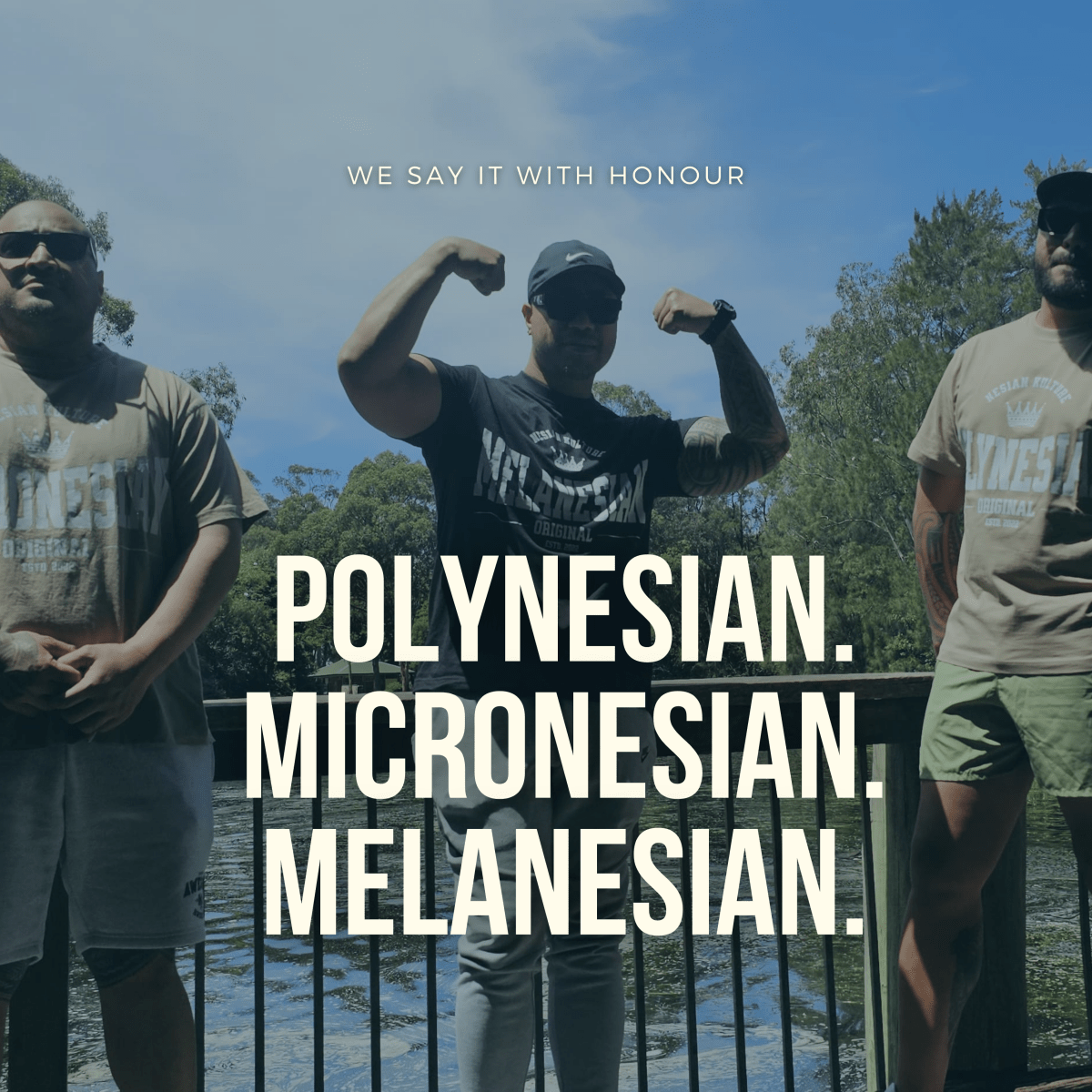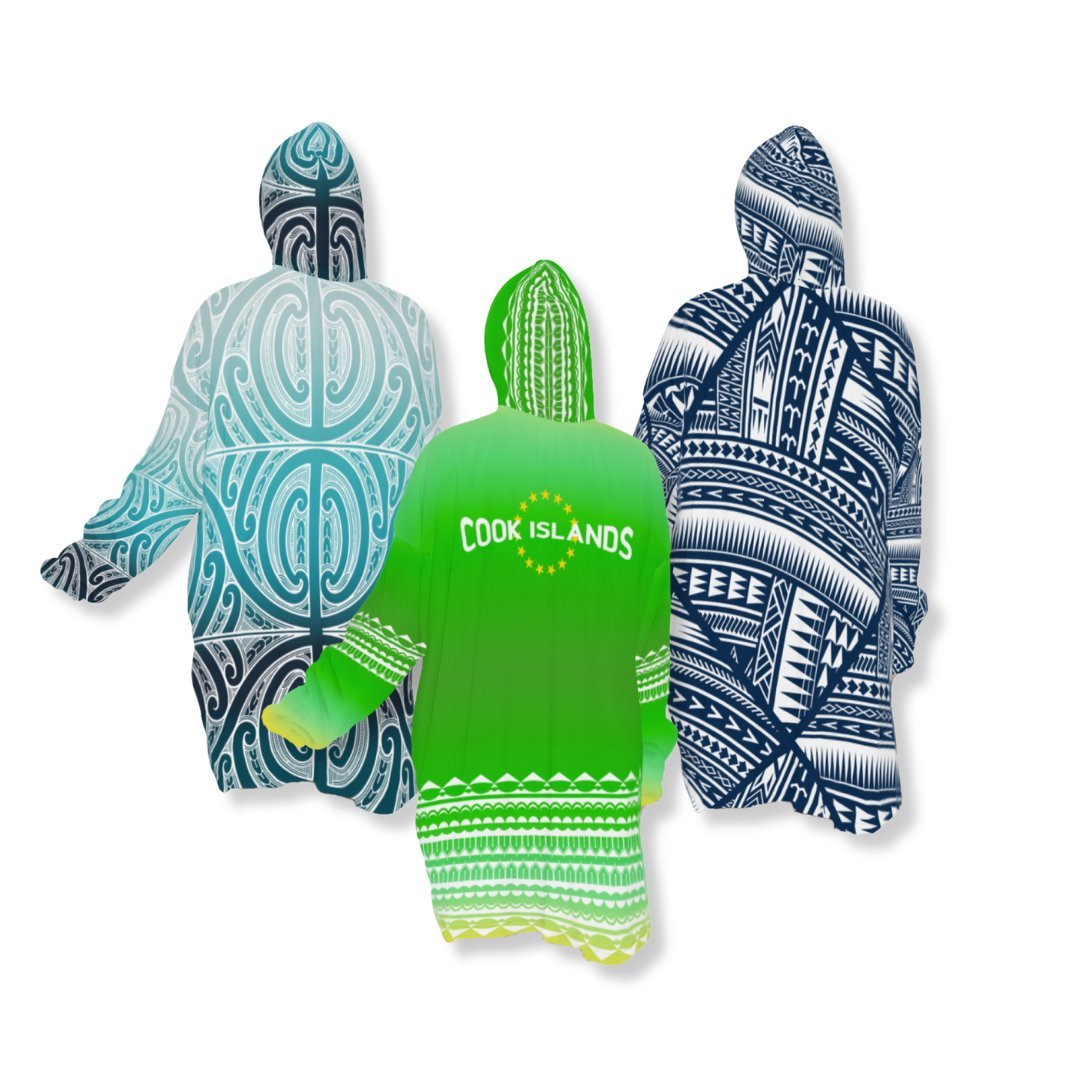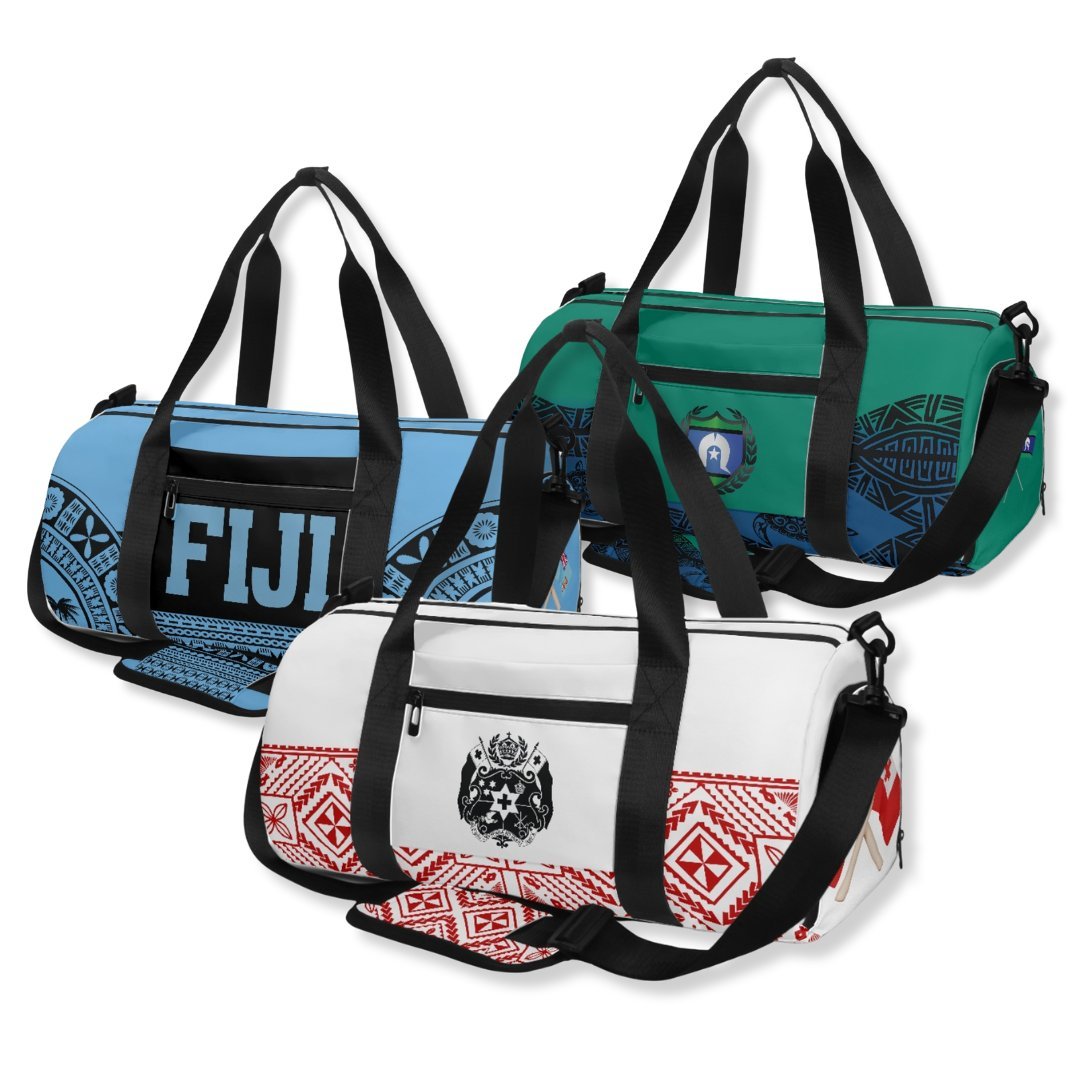
The Connection Between the Lapita People and Pacific Islanders
Understanding Our Ancestry
As Pacific Islanders, we are deeply rooted in a rich, shared history that stretches back thousands of years. One of the most significant chapters of our heritage is tied to the ancient Lapita people. These early ancestors were the pioneers of the Pacific, whose influence can still be felt in our cultures, languages, and traditions today.
Who Were the Lapita People?
The Lapita people were the first known inhabitants of the Pacific Islands, arriving around 3,500 years ago. They began their journey from the region we now call Southeast Asia, particularly Taiwan and the northern Philippines, before embarking on an incredible maritime migration across the Pacific. By 1000 BCE, they had settled in the islands of Melanesia, Polynesia, and Micronesia, laying the foundation for the cultures we proudly carry today.
The Lapita’s Maritime Legacy
The Lapita people were exceptional navigators. Using their advanced knowledge of the stars, the ocean, and the winds, they explored and colonized the vast Pacific Ocean. This incredible feat of navigation and survival is something we as Pacific Islanders can honor and draw strength from, knowing that our ancestors were not only pioneers but masters of their environment. The story of the Lapita people is a testament to the resilience, ingenuity, and strength that runs through our veins.
The Influence of Lapita Culture
The Lapita people brought with them cultural innovations that shaped the Pacific for generations. One of the most recognizable legacies of the Lapita is their distinctive pottery, which is still admired for its intricate geometric patterns. This craftsmanship served not only as a utilitarian tool but as a symbol of their identity and unity. Through the centuries, our art, designs, and craftsmanship have evolved, yet the influences of the Lapita’s artistic style remain embedded in our culture today.
Genetic and Cultural Connections
The impact of the Lapita people can also be seen in the genetic makeup of modern Pacific Islanders. Studies of ancient DNA have revealed that the Lapita were of Asian origin, and their migration across the Pacific helped shape the diverse genetic pool we see today. The connection is not just historical—it’s biological. We, the descendants of the Lapita people, carry a piece of their spirit, culture, and heritage in our blood.
The Lapita and Our Pacific Identity
For Pacific Islanders, understanding the connection to the Lapita people is not just a matter of history. It’s a way to affirm our identity and the pride we take in being part of a long, unbroken lineage of travellers, builders, and survivors. The Lapita people’s story is our story. Their strength, resourcefulness, and innovation are traits that continue to define us today.
By recognizing the profound ties we share with the Lapita, we can better appreciate the legacy of those who came before us. Our traditions, languages, and communities are deeply intertwined with the story of the Lapita people. We are, in essence, the living continuation of their legacy.
YouTube video by The Tel on the topic of Ancient Voyagers
Honouring Our Lapita Ancestors
As we look to the future, it’s important to remember and honor our Lapita ancestors. Their journeys across the vast Pacific shaped the islands we call home today. The honor we take in our heritage is not only rooted in the modern-day practices and pride we have in our cultures but also in the courage and vision of those early travellers who made it all possible.
A Legacy That Lives On
Though the Lapita people no longer walk the Earth, their legacy is alive in each one of us. We are their descendants, and the courage, wisdom, and resourcefulness they carried with them have been passed down through the centuries. The story of the Lapita people is not just a story of the past—it's the story of who we are and where we come from.
As we look to our future, it’s important to remember that we come from people who dared to dream, to sail into the unknown, and to make a home in some of the most beautiful yet challenging environments on Earth. The Lapita people were not just survivors—they were creators of culture, community, and identity. And we continue to carry their torch forward.
Cultural Connections: What the Lapita People Brought to the Pacific
The Lapita people didn’t just settle new lands—they brought with them ways of life that continue to shape the entire Pacific community today. Many elements of their culture have not only endured but have been passed down through generations, making them a vital part of the identity of modern Pacific Islanders. Here are some of the strongest cultural threads that connect us to our Lapita ancestors:
Navigation and the Spirit of Adventure
The Lapita people were remarkable navigators, using the stars, ocean currents, and the flight patterns of birds to guide their voyages. Today, the tradition of navigation still holds great importance in many Pacific Island cultures, such as in Polynesian wayfinding. Just like our Lapita ancestors, we continue to look to the stars and nature for guidance. In places like Hawaii, the revival of traditional navigation practices, like those used on the Hokule'a canoe, reflects this deep-rooted connection.
Art and Craftsmanship
One of the most recognizable elements of the Lapita culture is their distinctive pottery, featuring intricate, geometric designs. This art form has endured in the Pacific, where traditional crafts—such as tattooing, weaving, carving, and crafting with natural materials like tapa cloth—remain central to our identities. The patterns on Lapita pottery can still be seen in our traditional designs today, in everything from clothing to tattoos, and even in modern art.
Sustainable Living and Agriculture
The Lapita people introduced new agricultural practices that were vital to the survival and growth of their communities. They brought crops like taro, yam, and coconut, which are staples in the diets of many Pacific Islanders today. The practice of sustainable farming, of living in harmony with the land and sea, is something that has always been a part of our cultures, and continues to be important as we face modern challenges in food security and environmental sustainability.
Community and Family Bonds
Pacific Islander culture places immense value on family, community, and respect for the elders—principles that were also central to the Lapita way of life. These values helped them survive and thrive in the isolated Pacific islands. Today, the concept of "ohana" in Hawaiian culture or "famili" in Samoan culture, which emphasizes the importance of extended family and community support, reflects the same emphasis on unity, care, and respect that was core to the Lapita people.
Storytelling and Oral Tradition
The tradition of passing down knowledge through stories, songs, and oral histories remains a pillar of Pacific Island culture. Just as the Lapita people would have shared their experiences and wisdom orally, we continue to preserve our histories, legends, and cultural knowledge through storytelling. This practice not only keeps our history alive but also strengthens our connection to the past, allowing us to learn from our ancestors and stay rooted in our cultural identity.
Honouring the Lapita Legacy Today
The Lapita people’s influence is woven into the fabric of who we are as Pacific Islanders. From our values of family and community to our skills in navigation, agriculture, and craftsmanship, their legacy is as strong and vibrant as ever. As we continue to live and celebrate our cultures today, we do so knowing that the courage, wisdom, and ingenuity of the Lapita people are still alive in us.
Our Connection Is Timeless
The Lapita people are the foundation of our identity as Pacific Islanders. From their migration across the seas to the cultural and genetic legacy they left behind, we are bound to them in ways that transcend time. As we continue to grow and thrive as a people, let’s remember that we carry the torch of our ancestors, and that torch was first lit by the Lapita.
The Lapita people, as a distinct group, no longer exist in the way we typically think of ethnic groups today. However, their descendants are very much alive, and their influence continues to shape the cultures, languages, and identities of Pacific Islanders. Though the Lapita people are no longer around, their descendants—modern Pacific Islanders—are living representations of that ancient culture.
Related Posts

One Family. Many Islands. – What It Really Means
"One Family. Many Islands.” isn’t just a tagline for Nesian Kulture. Co-founder Susan created it from lived experience as a...
En savoir plus
We Still Say Polynesian, Micronesian & Melanesian — And We Say It With Honour
Some say we shouldn’t use names like Polynesian, Micronesian, or Melanesian. At Nesian Kulture, we believe those names no longer...
En savoir plus










